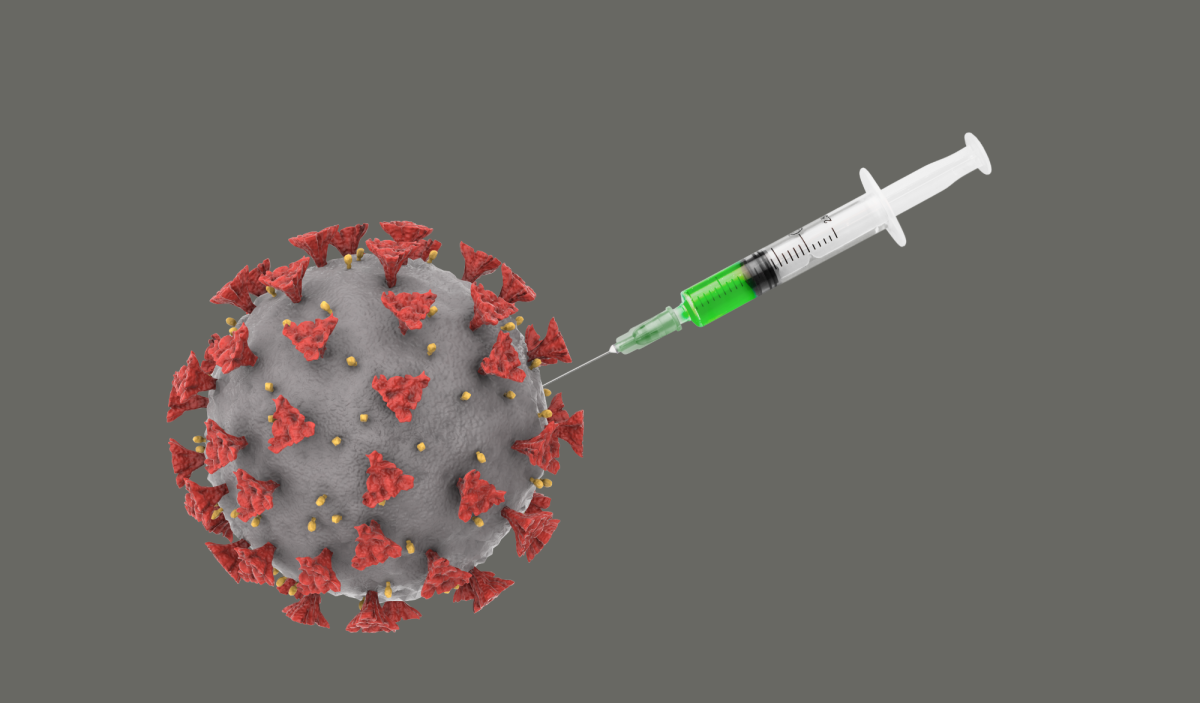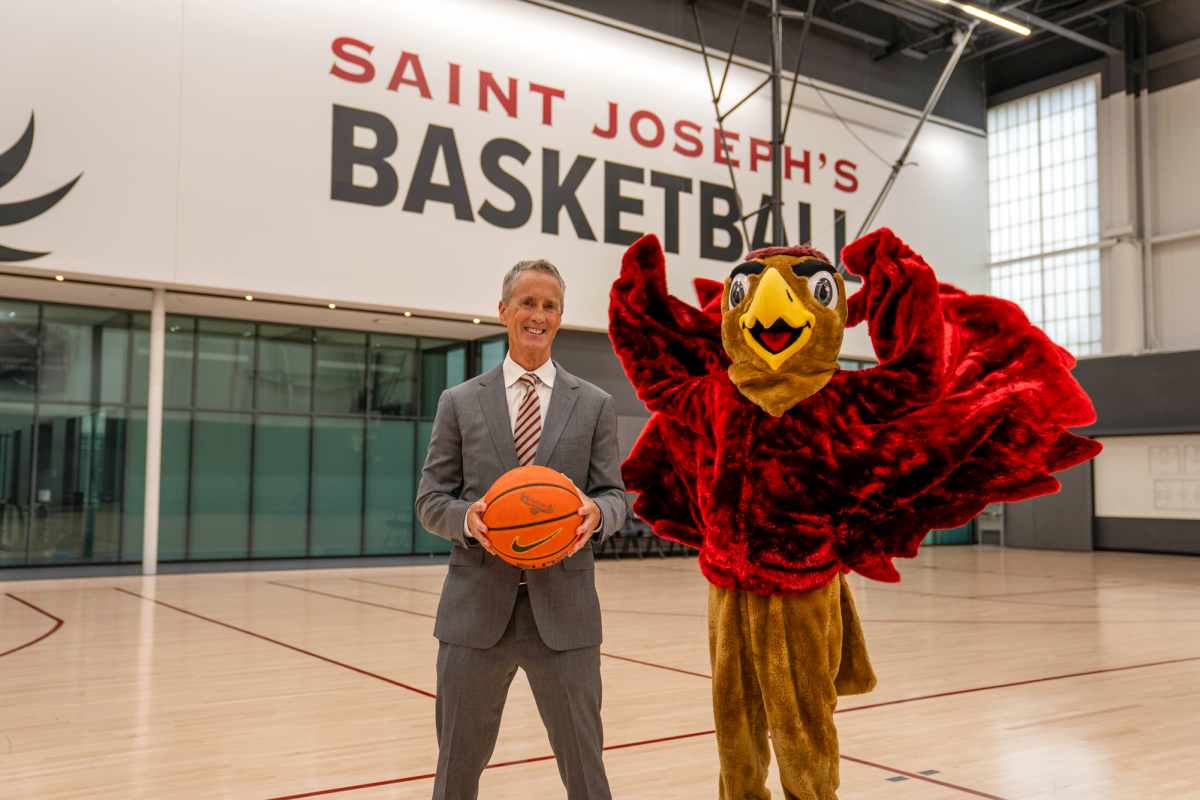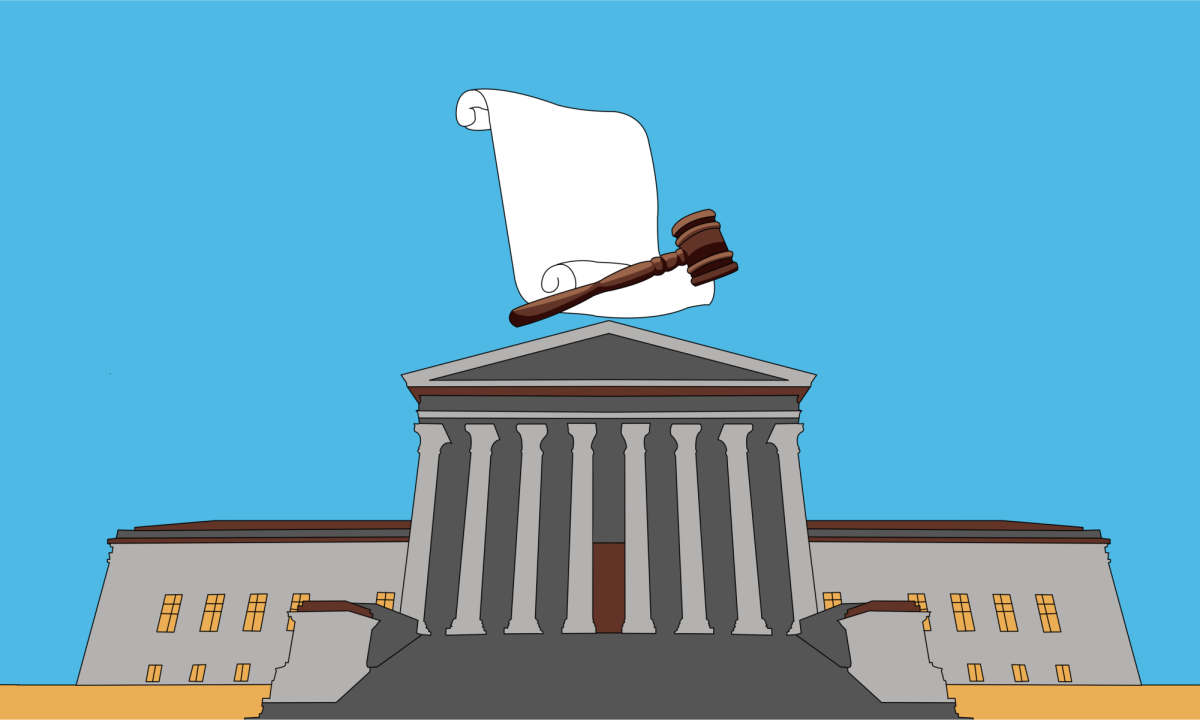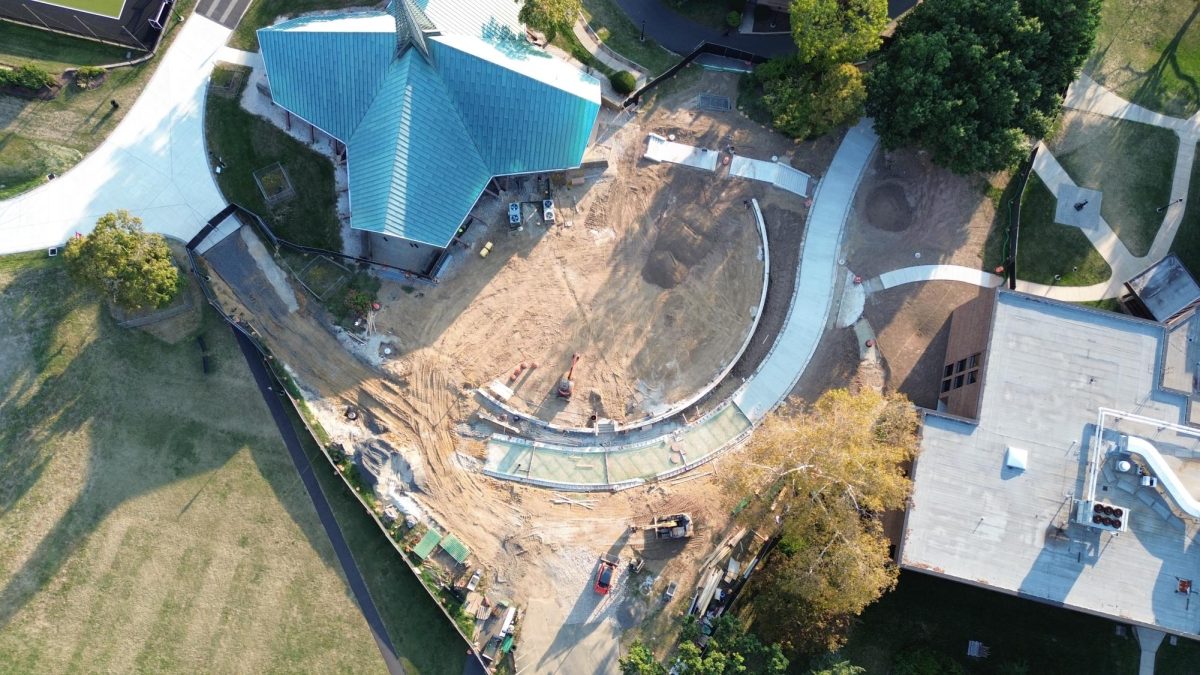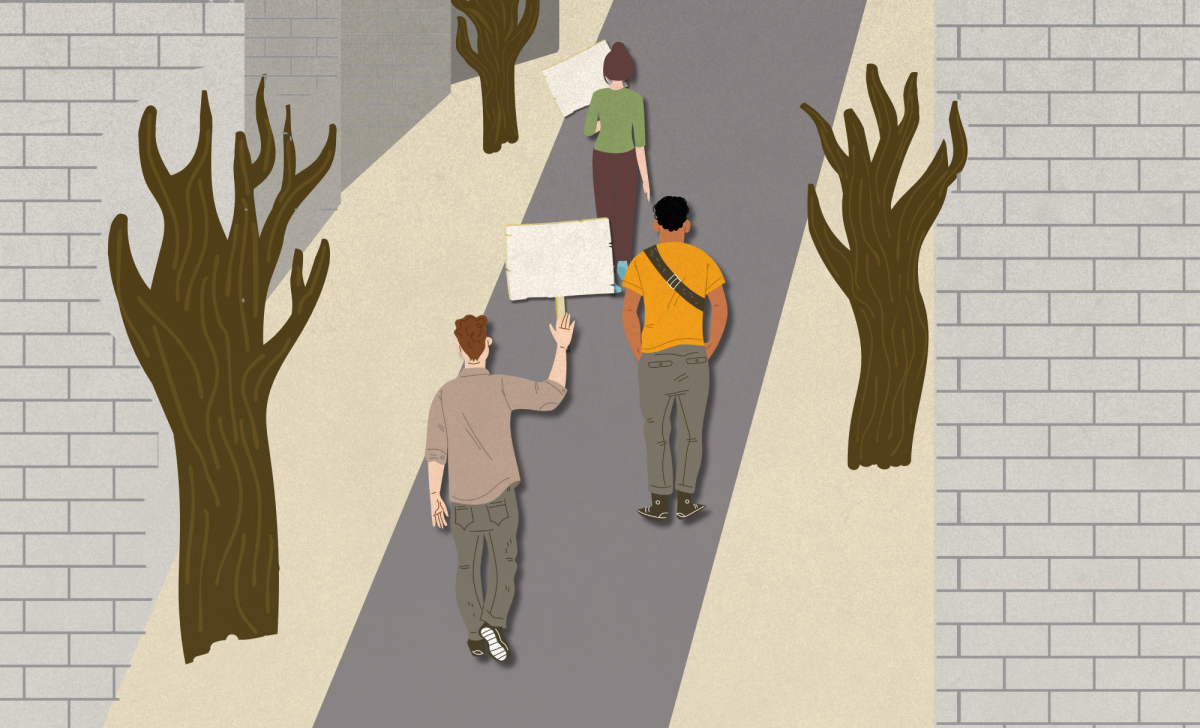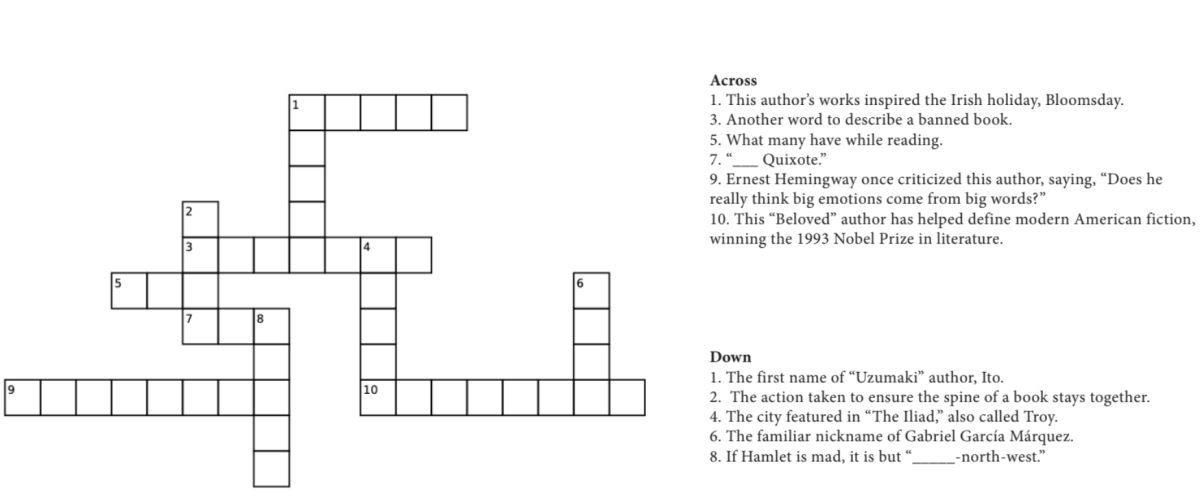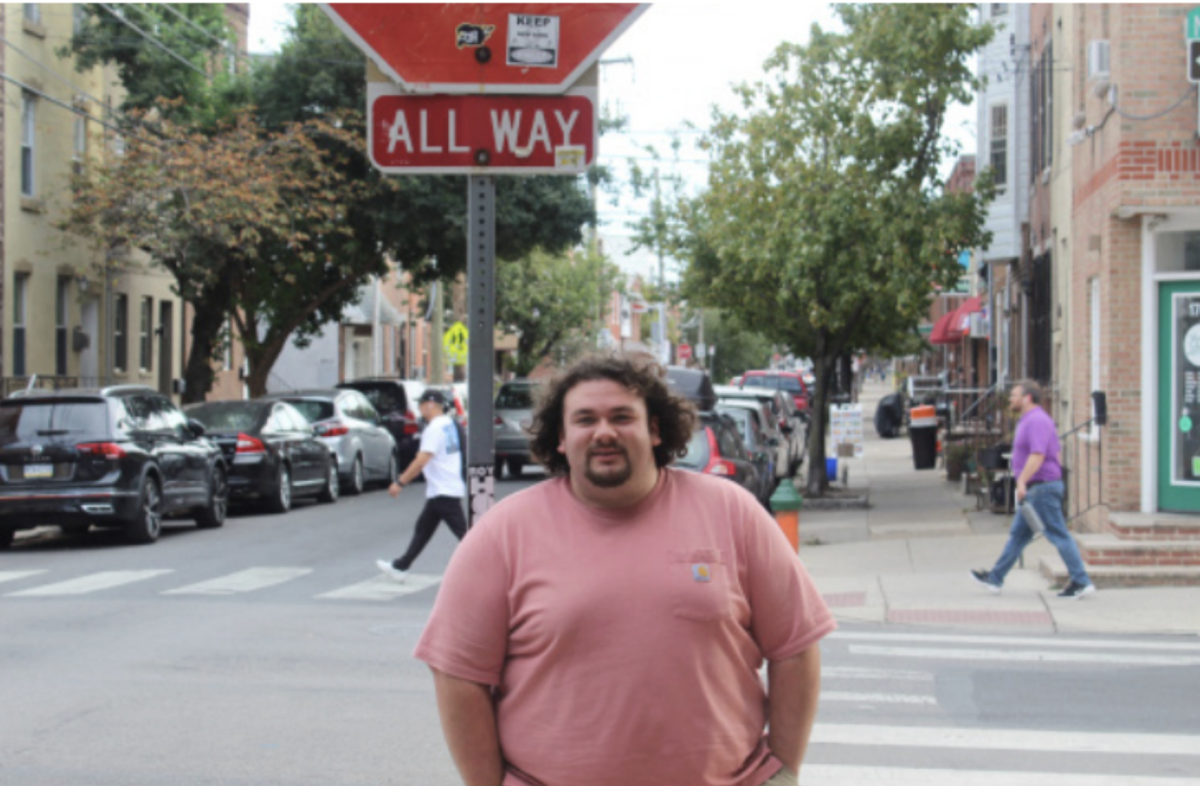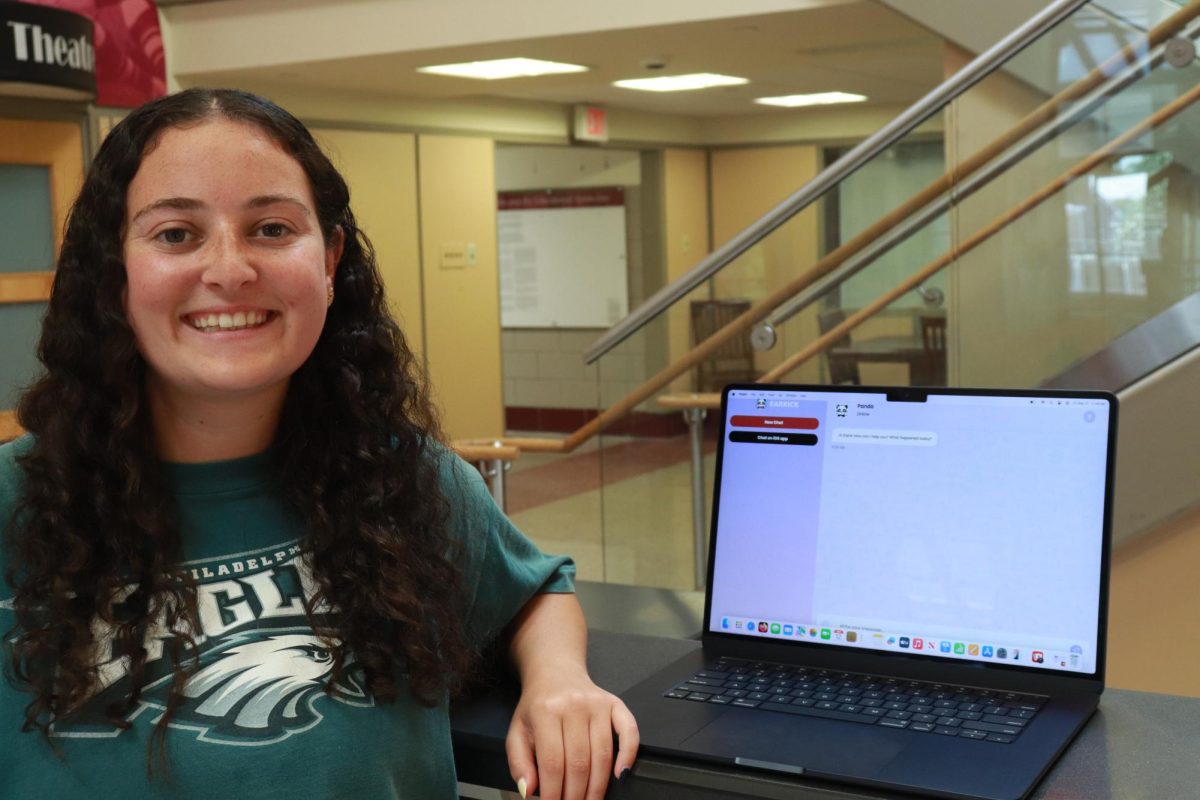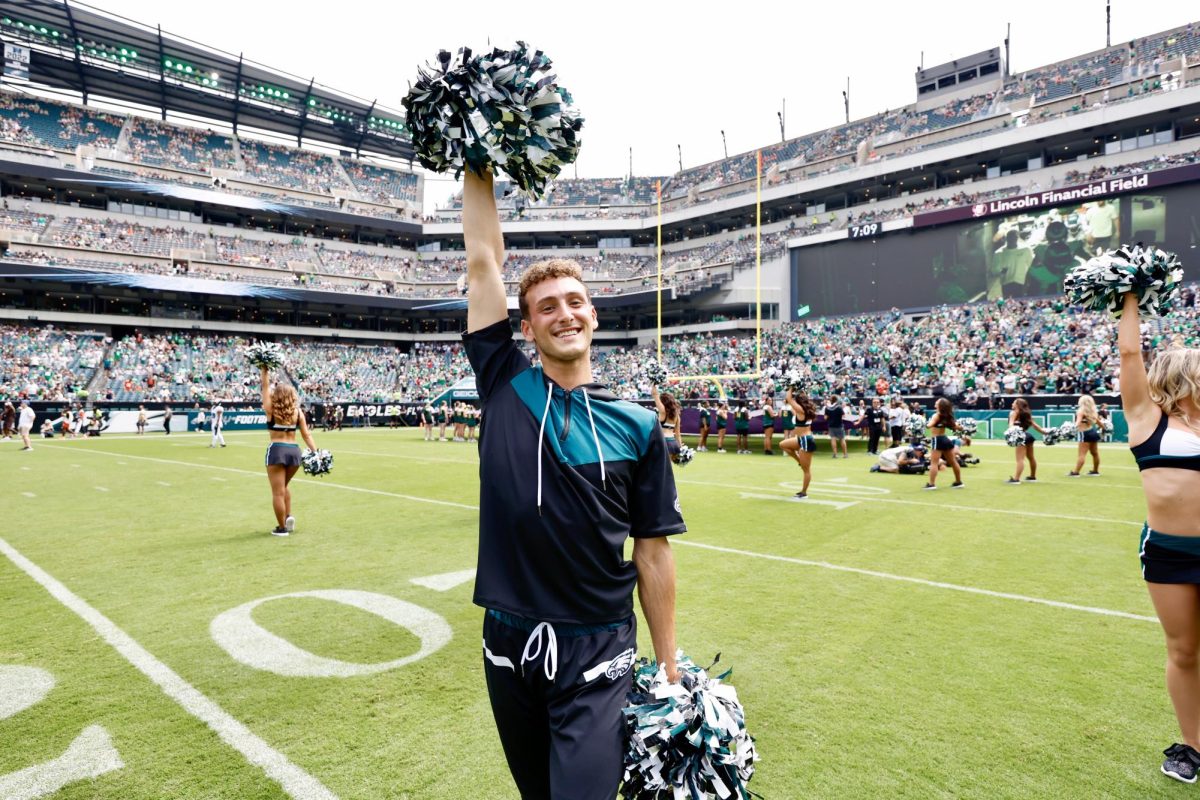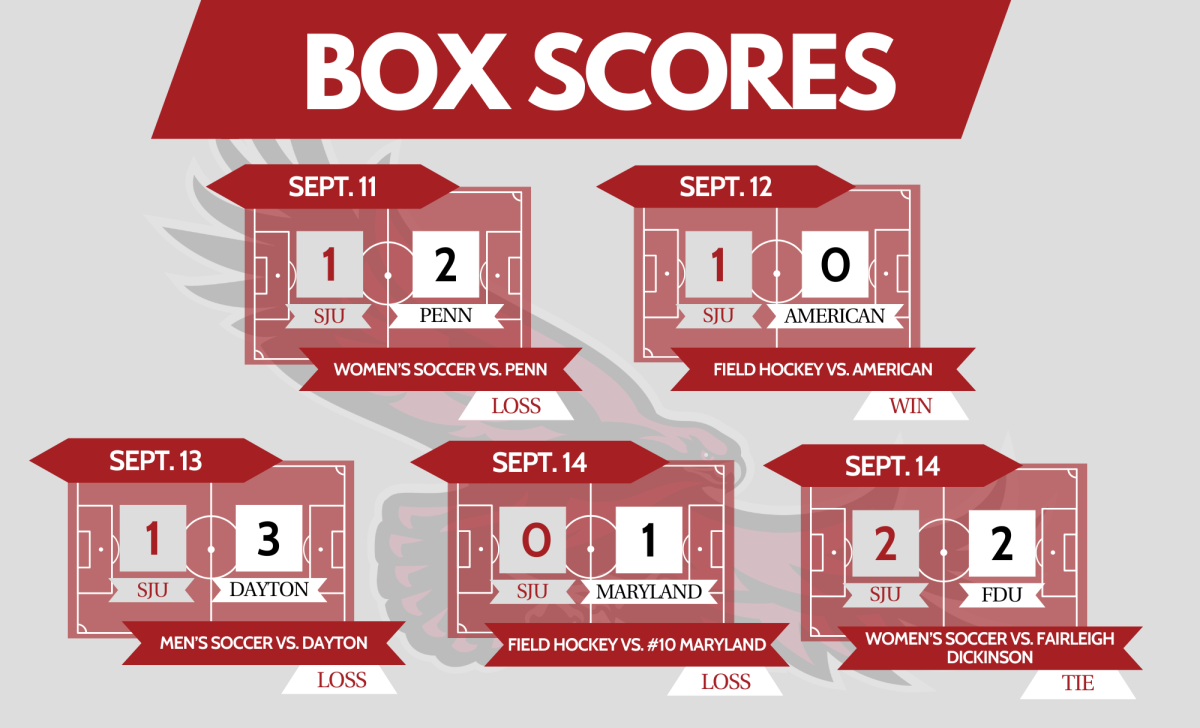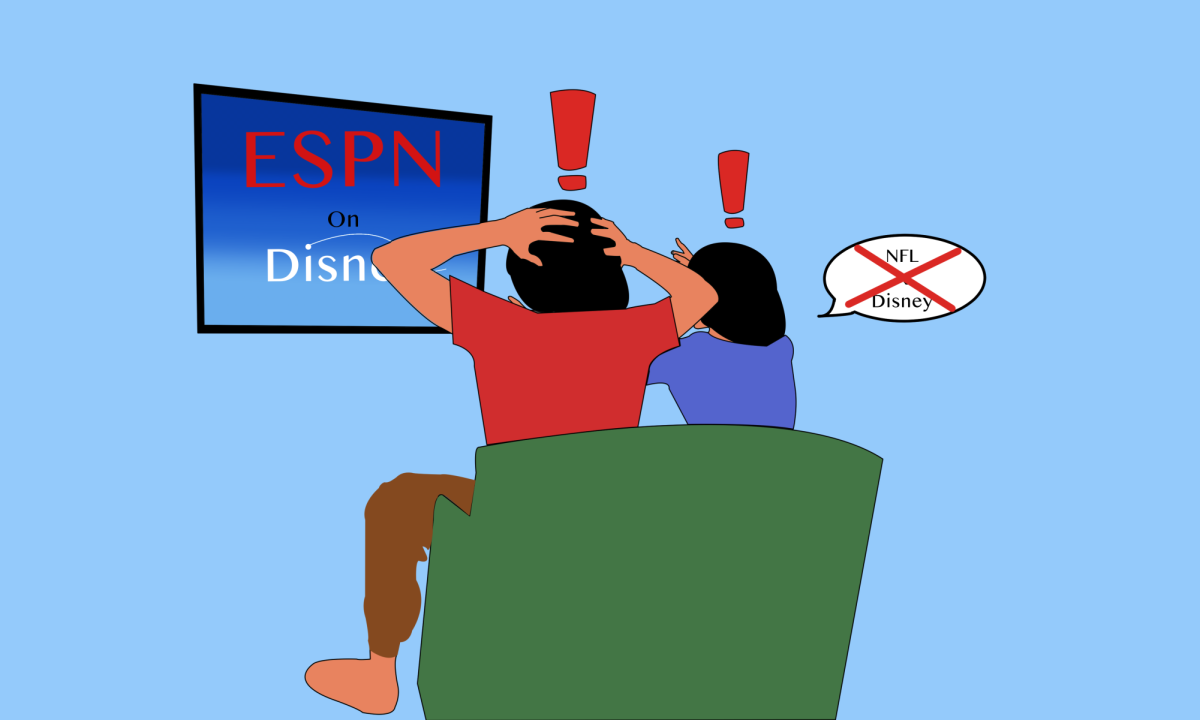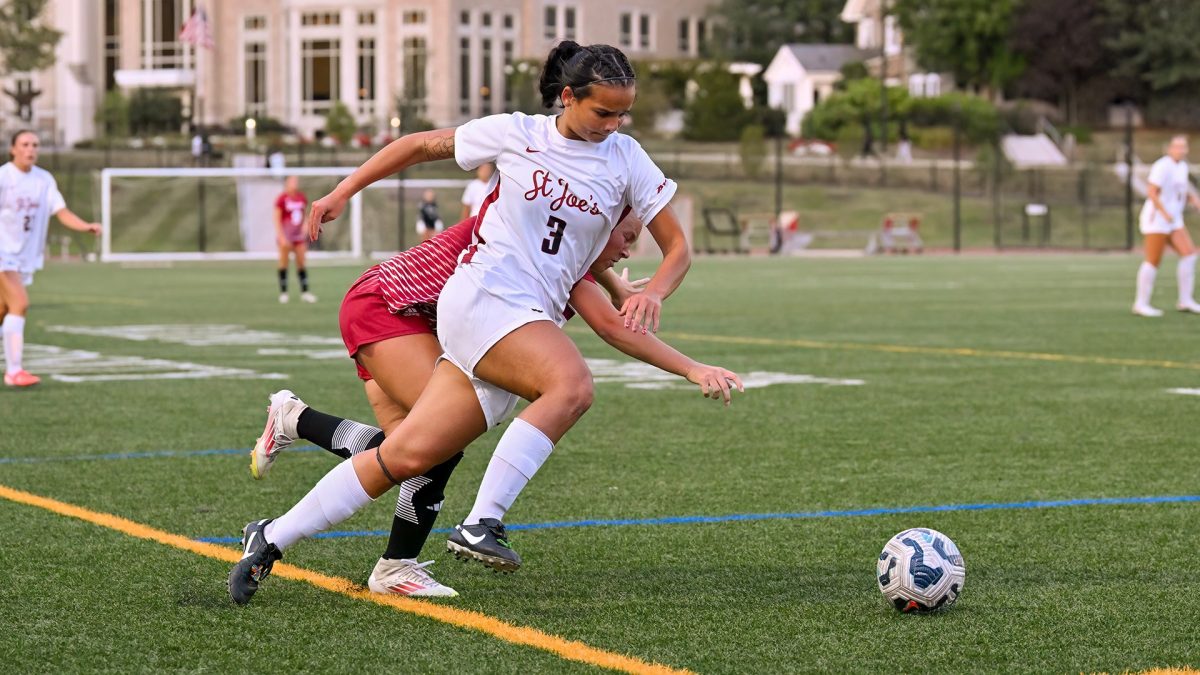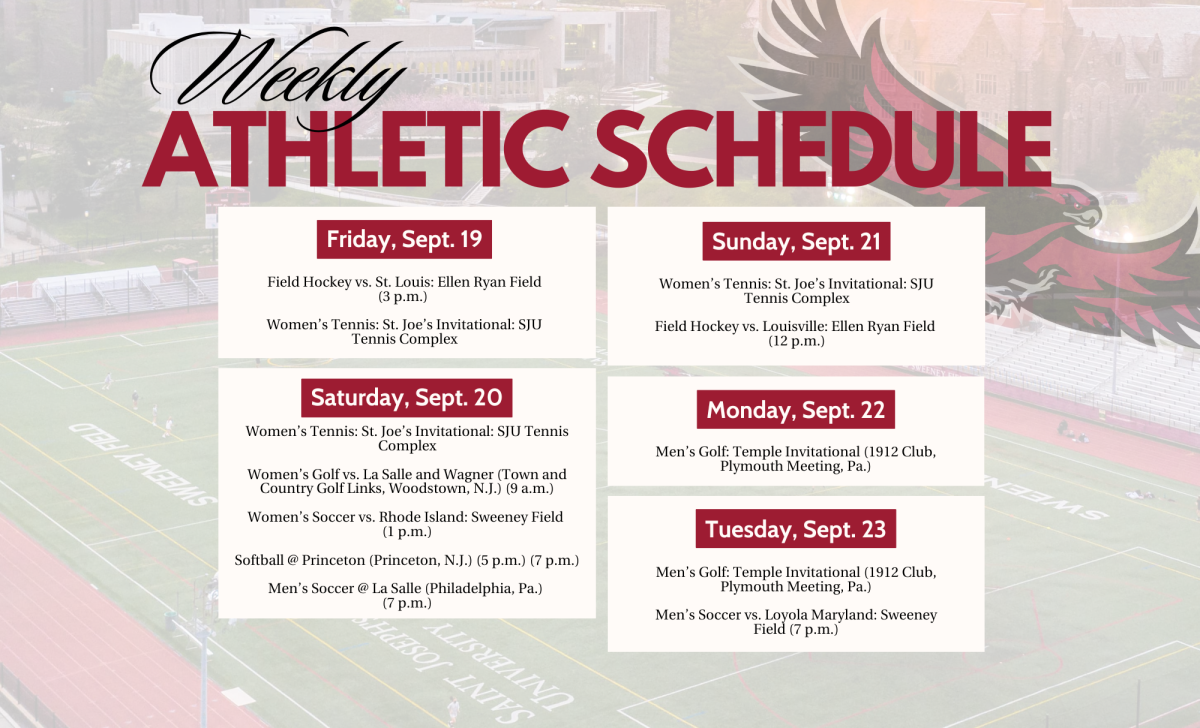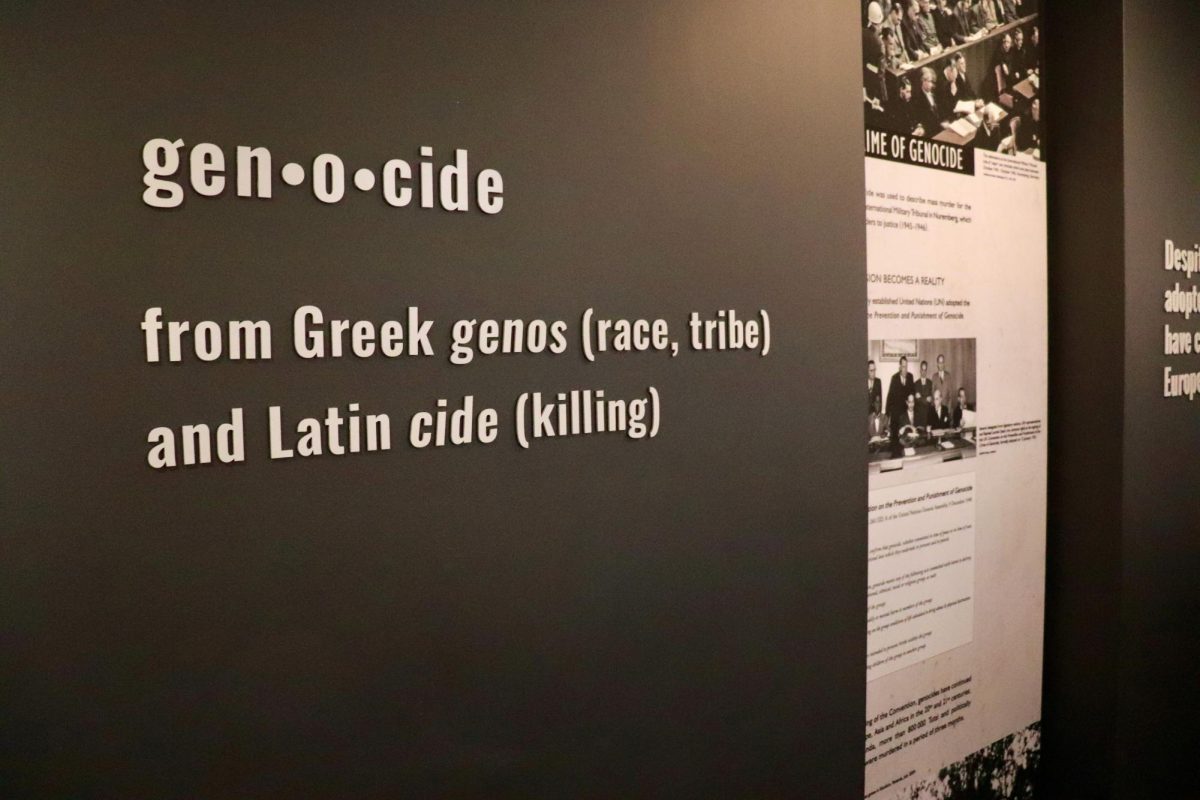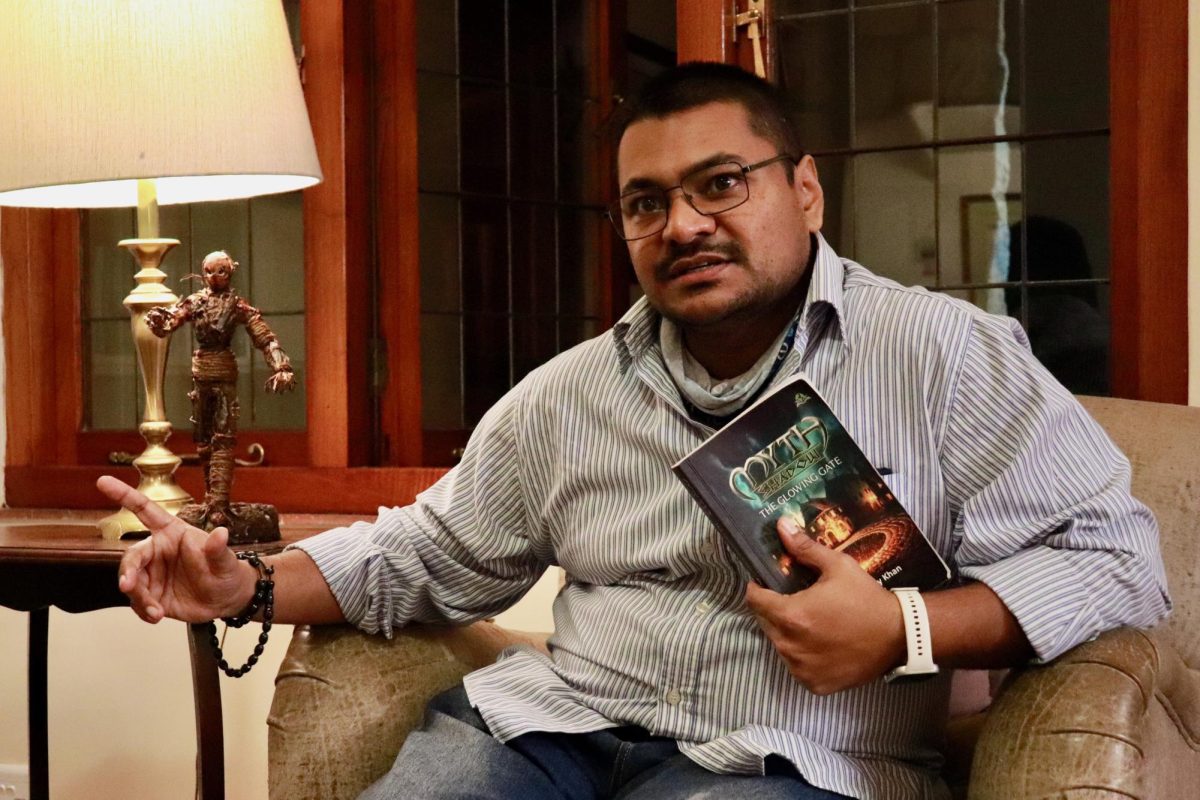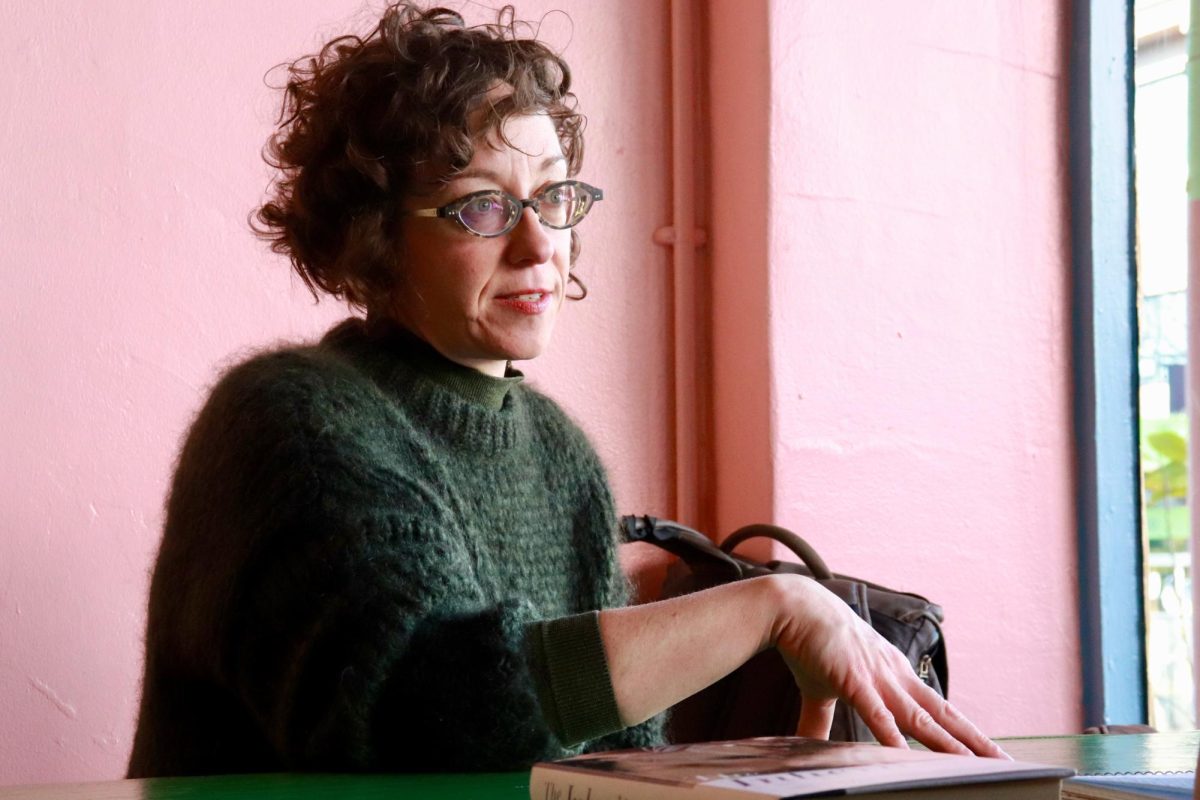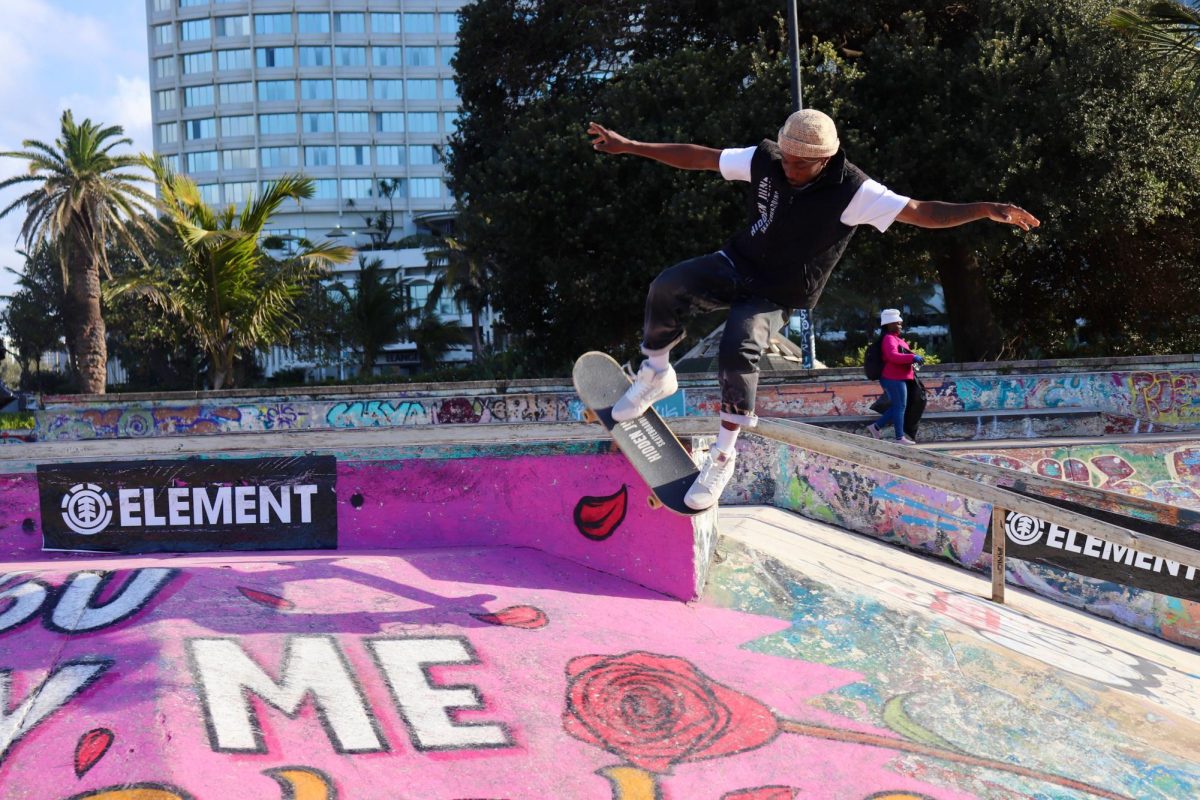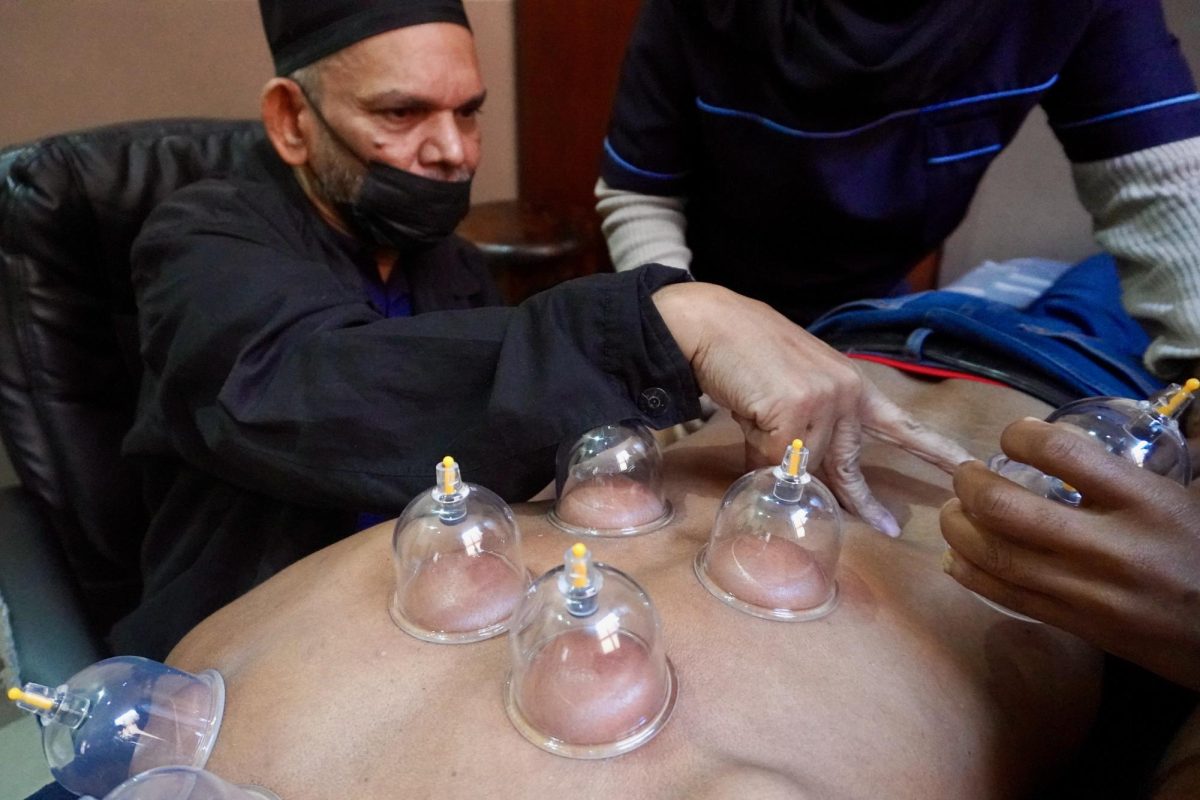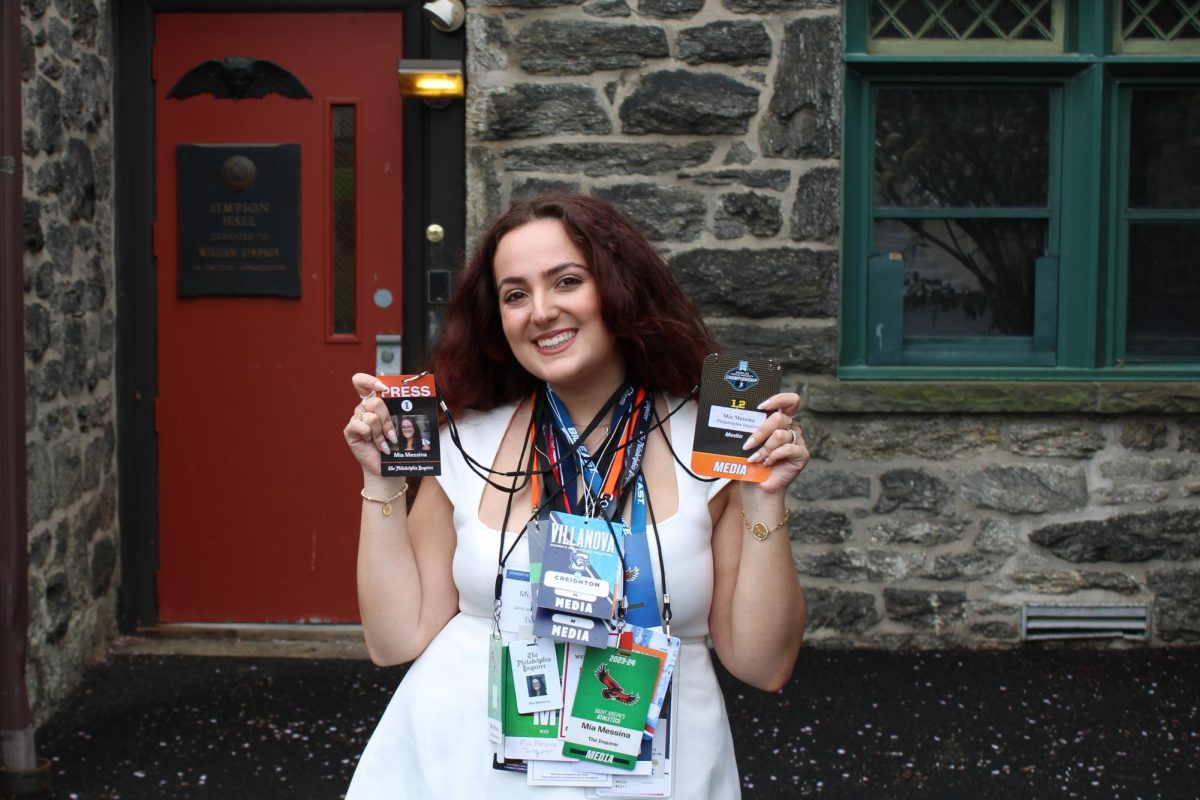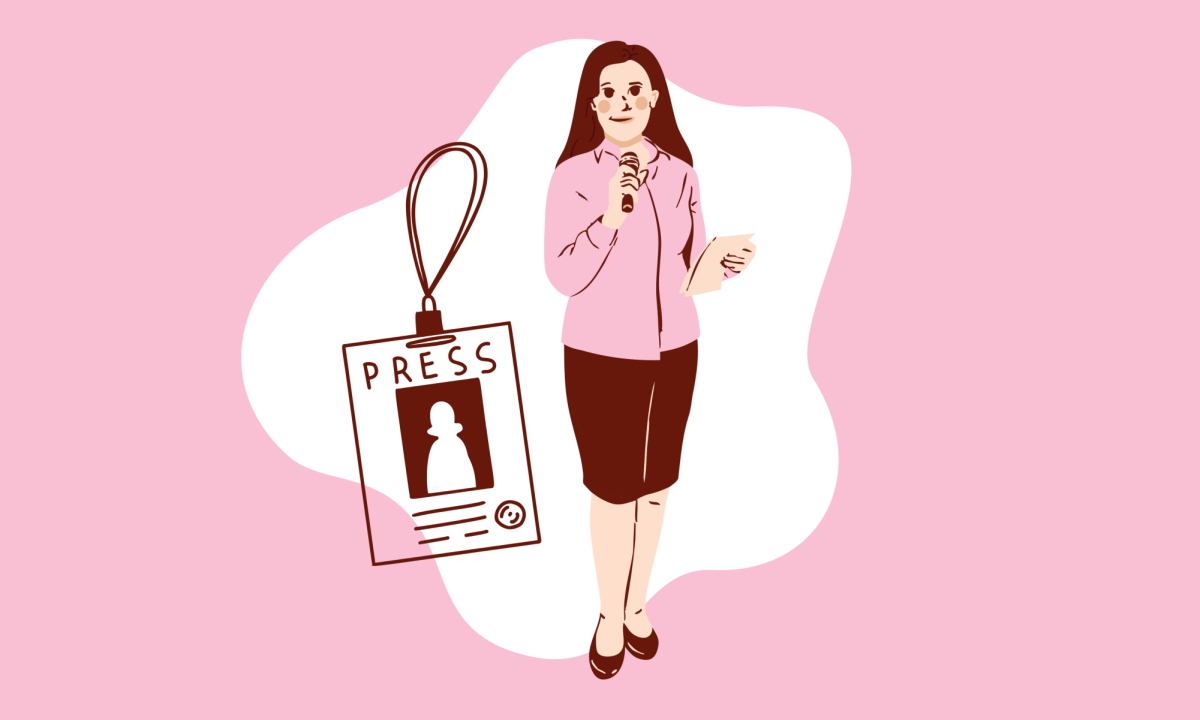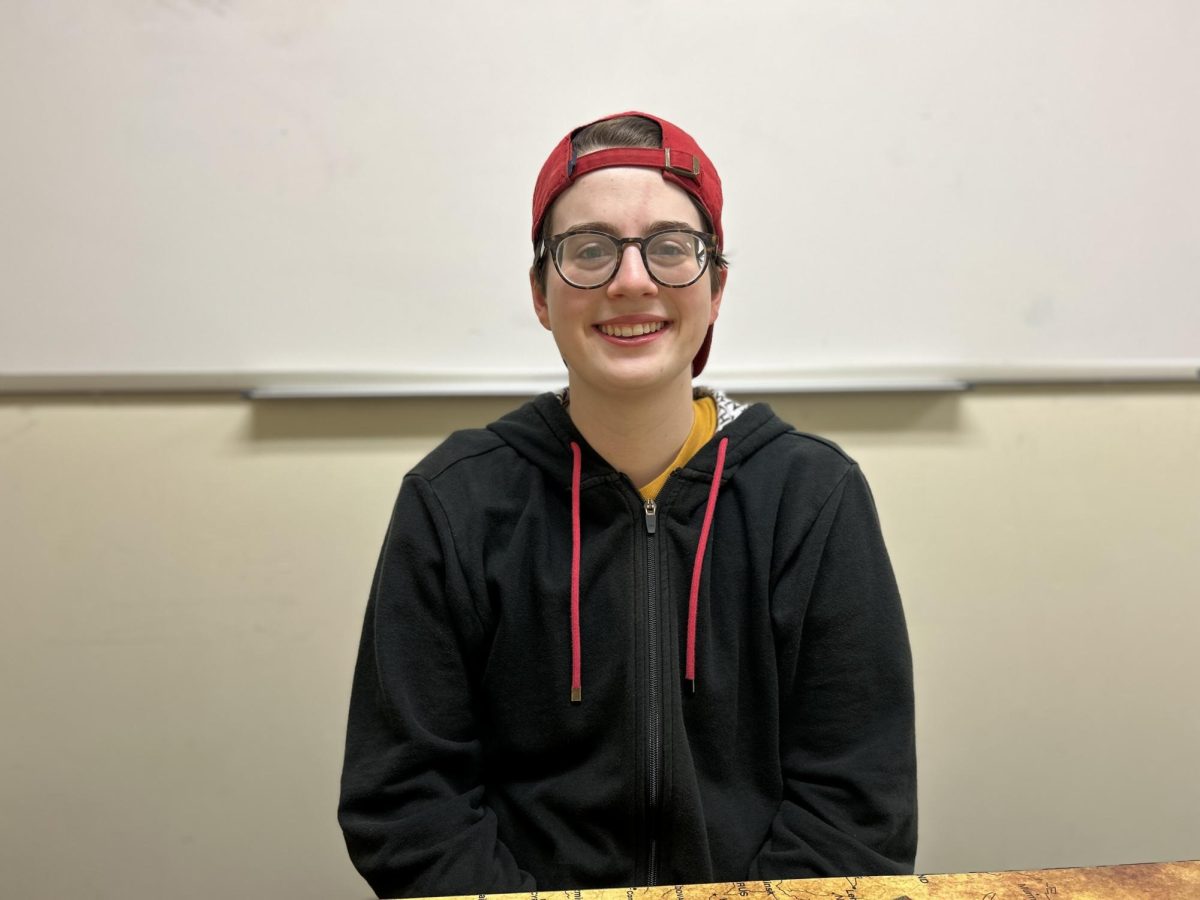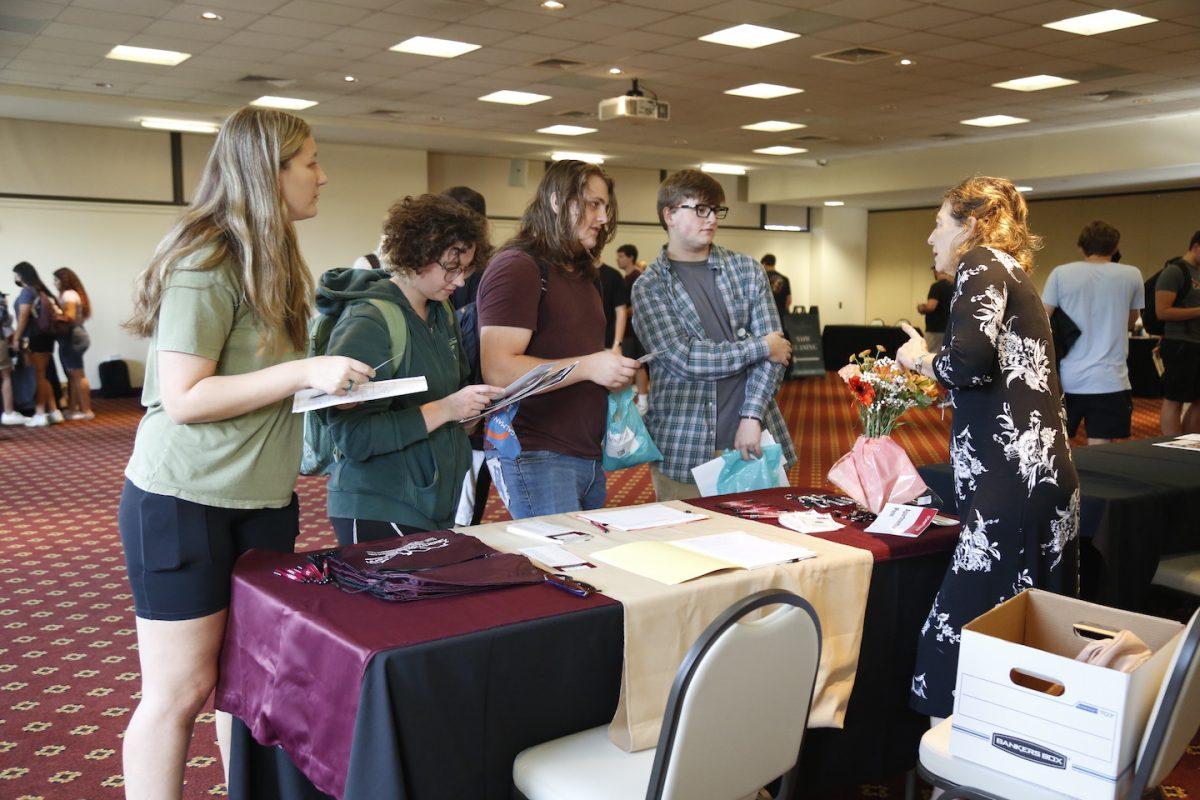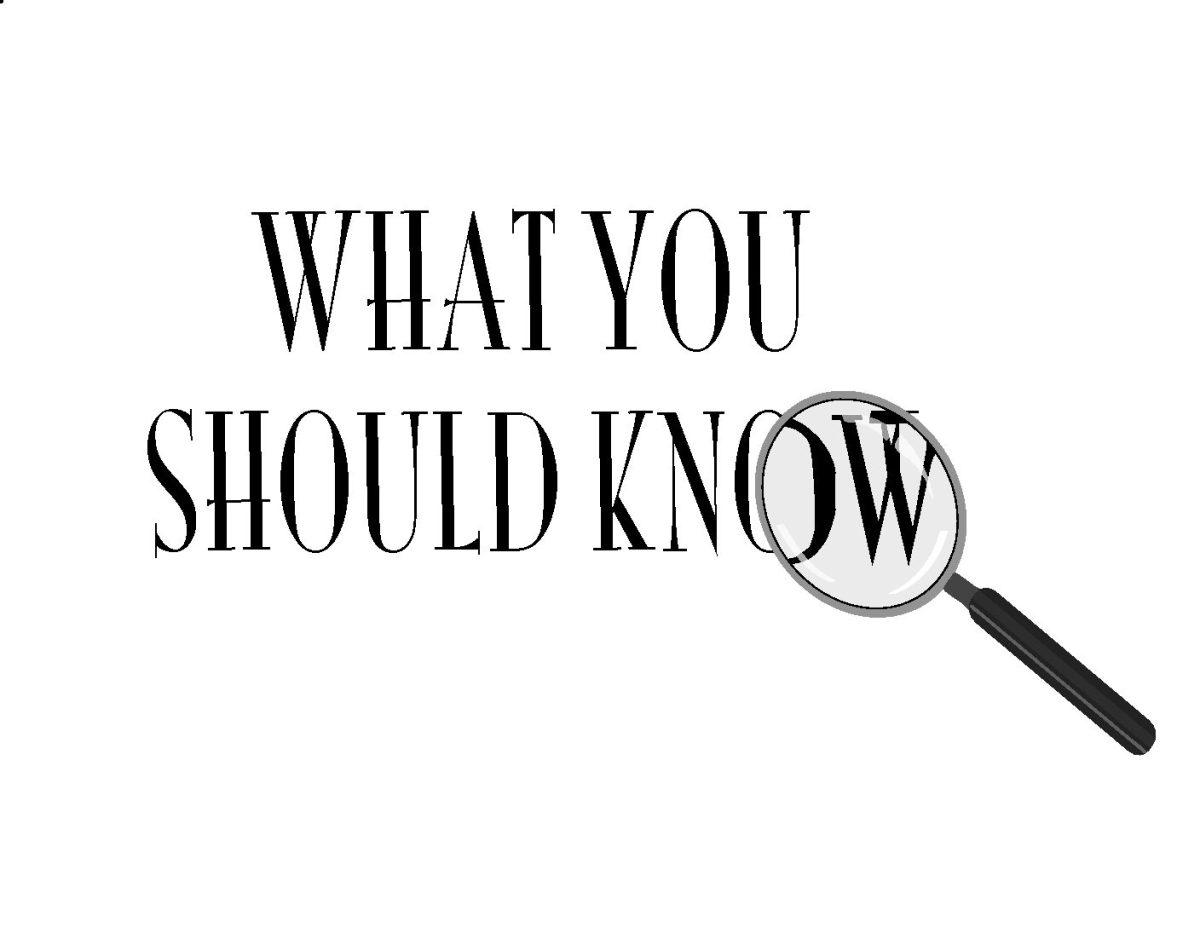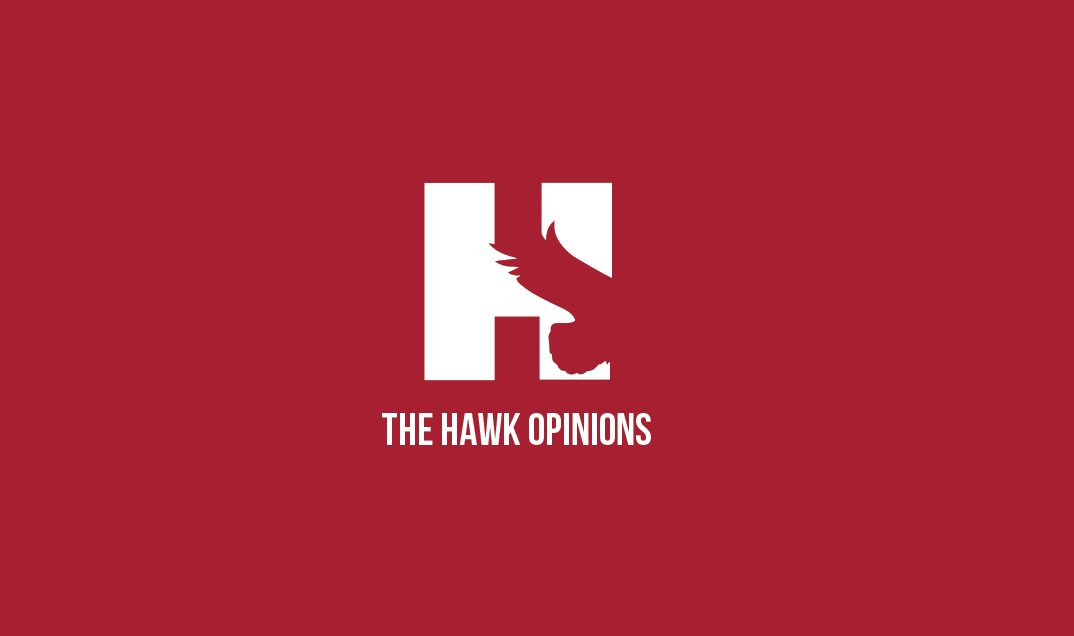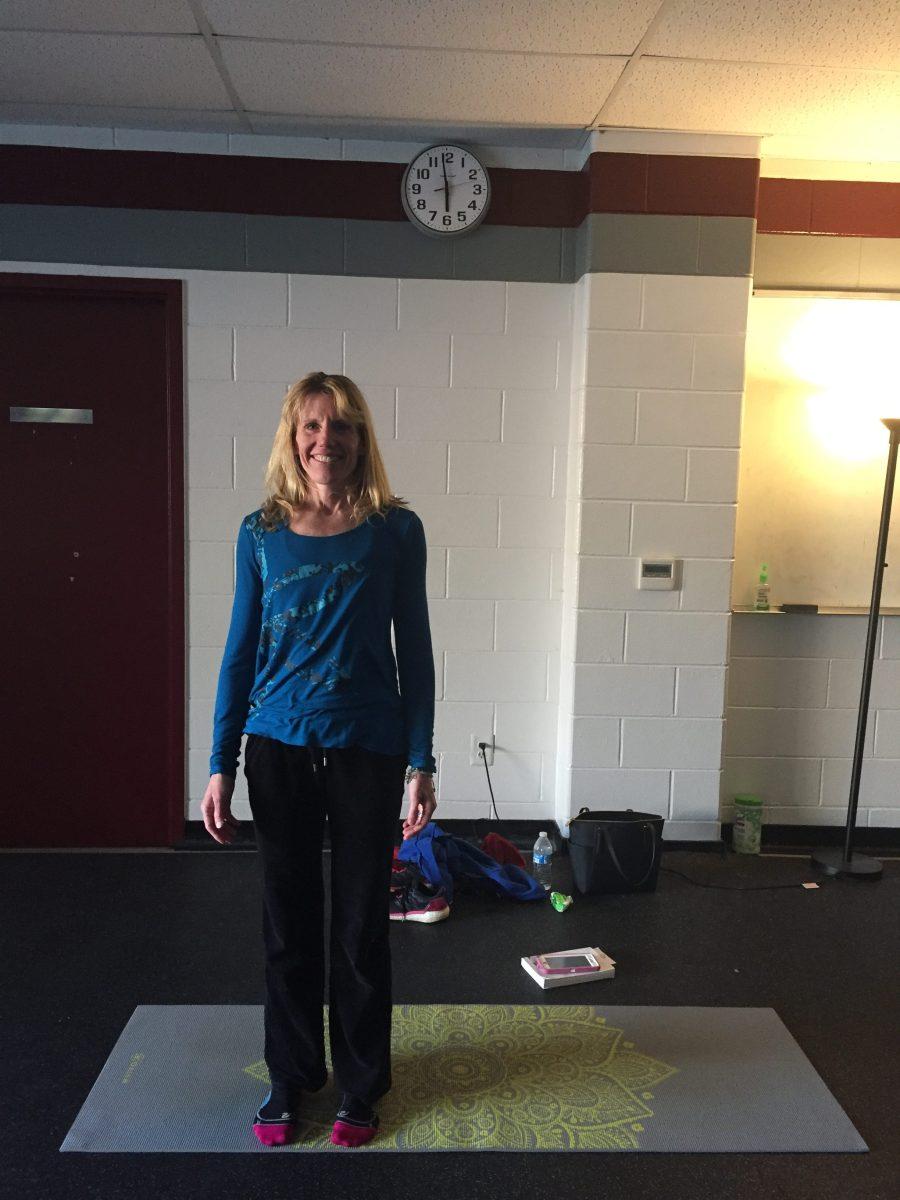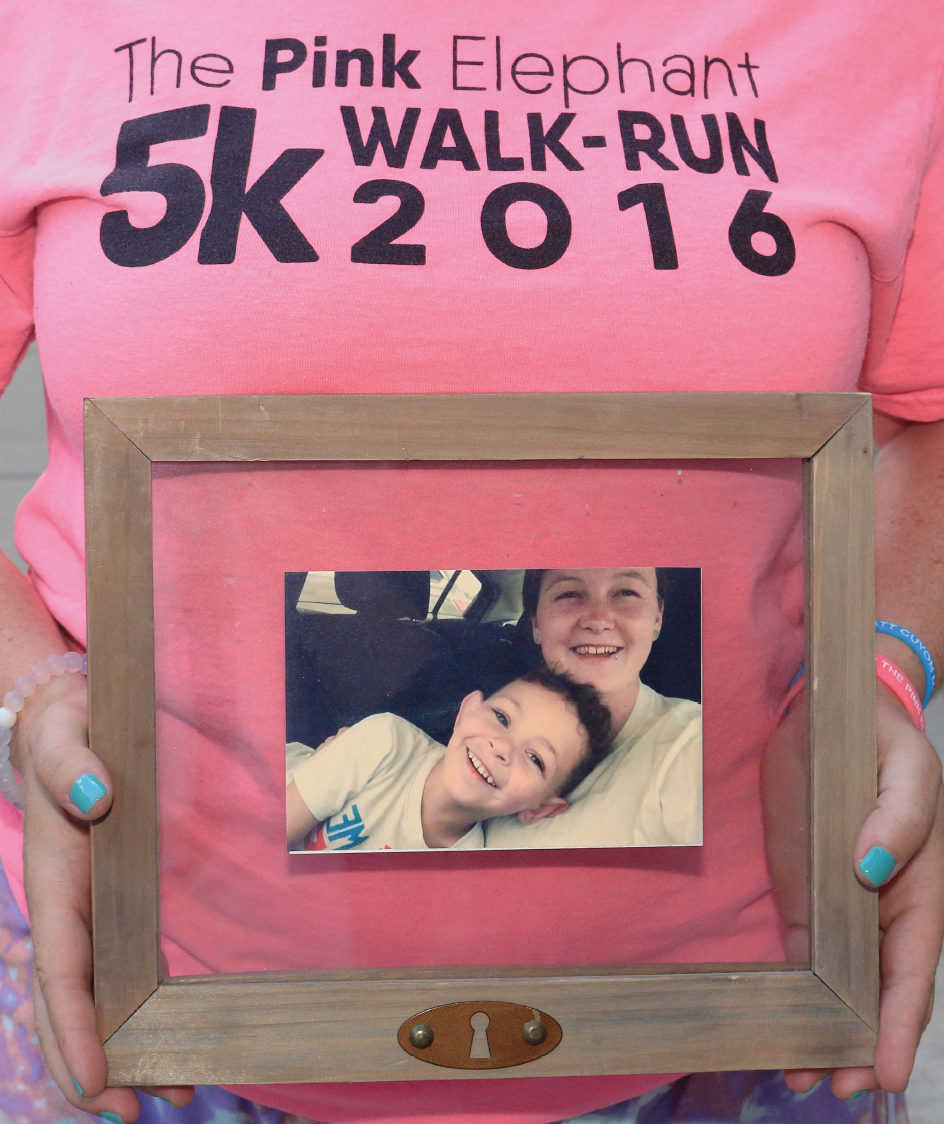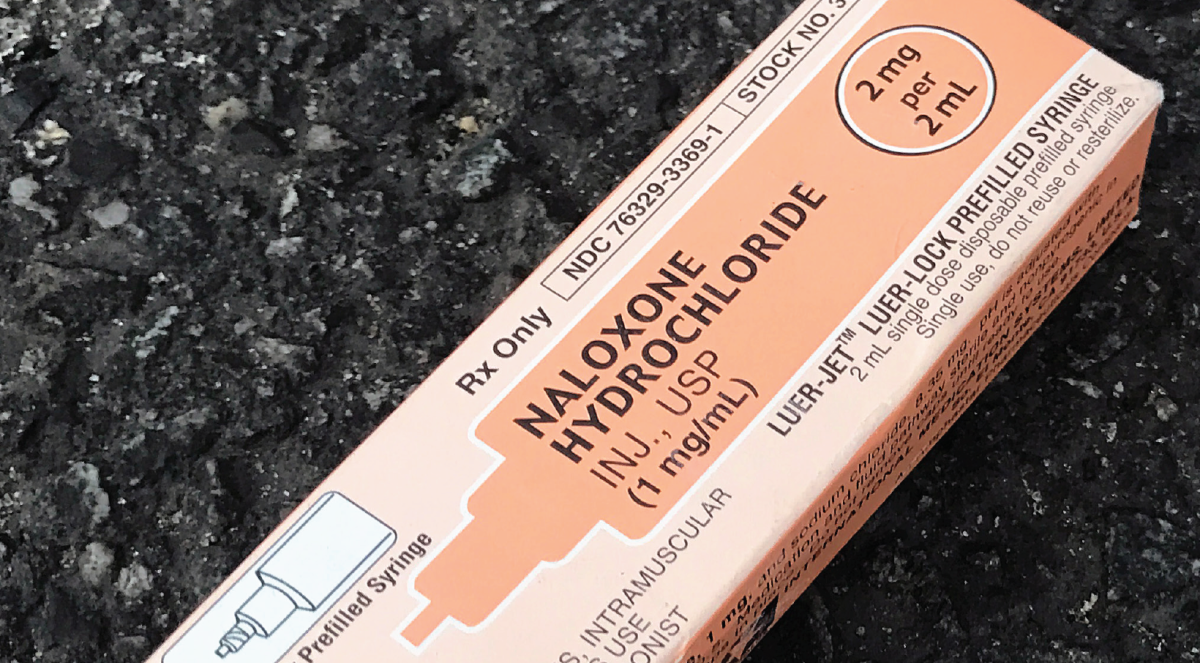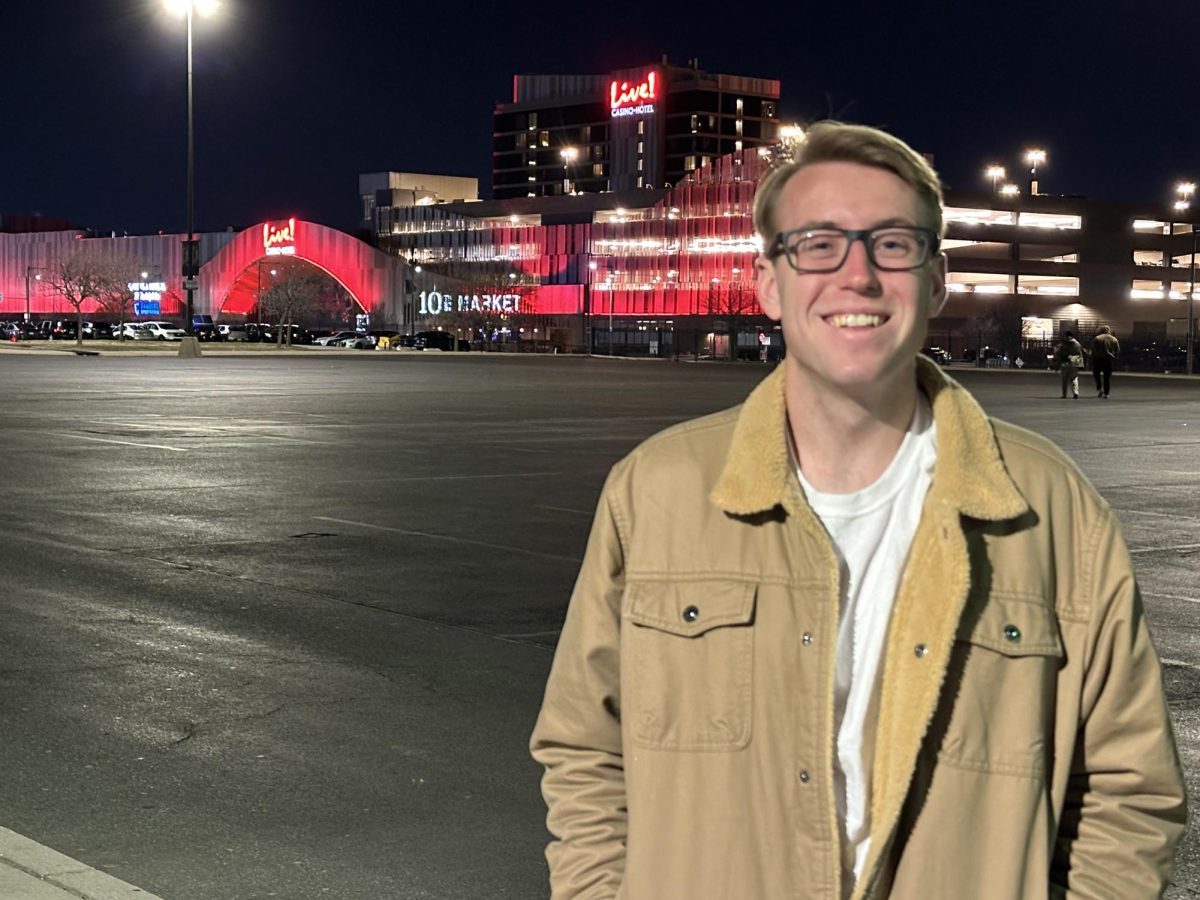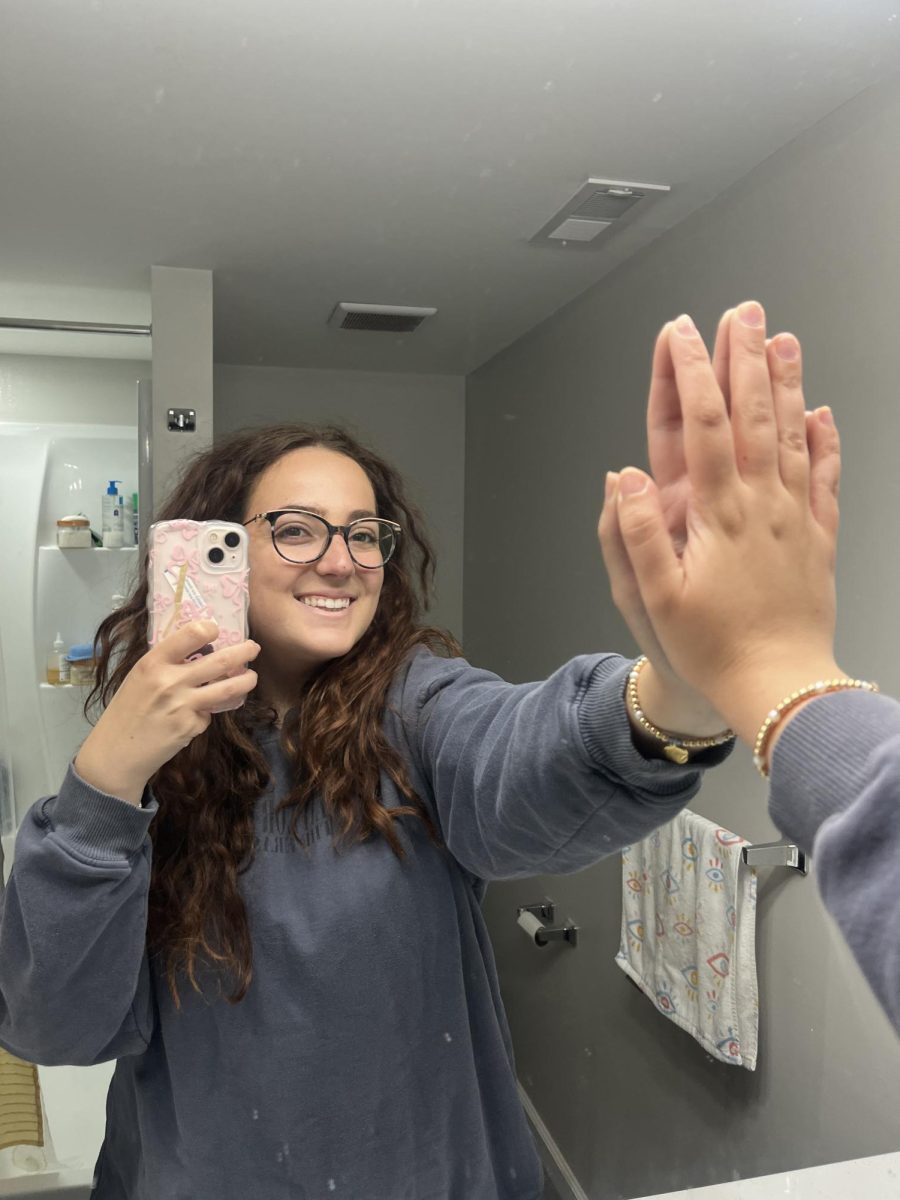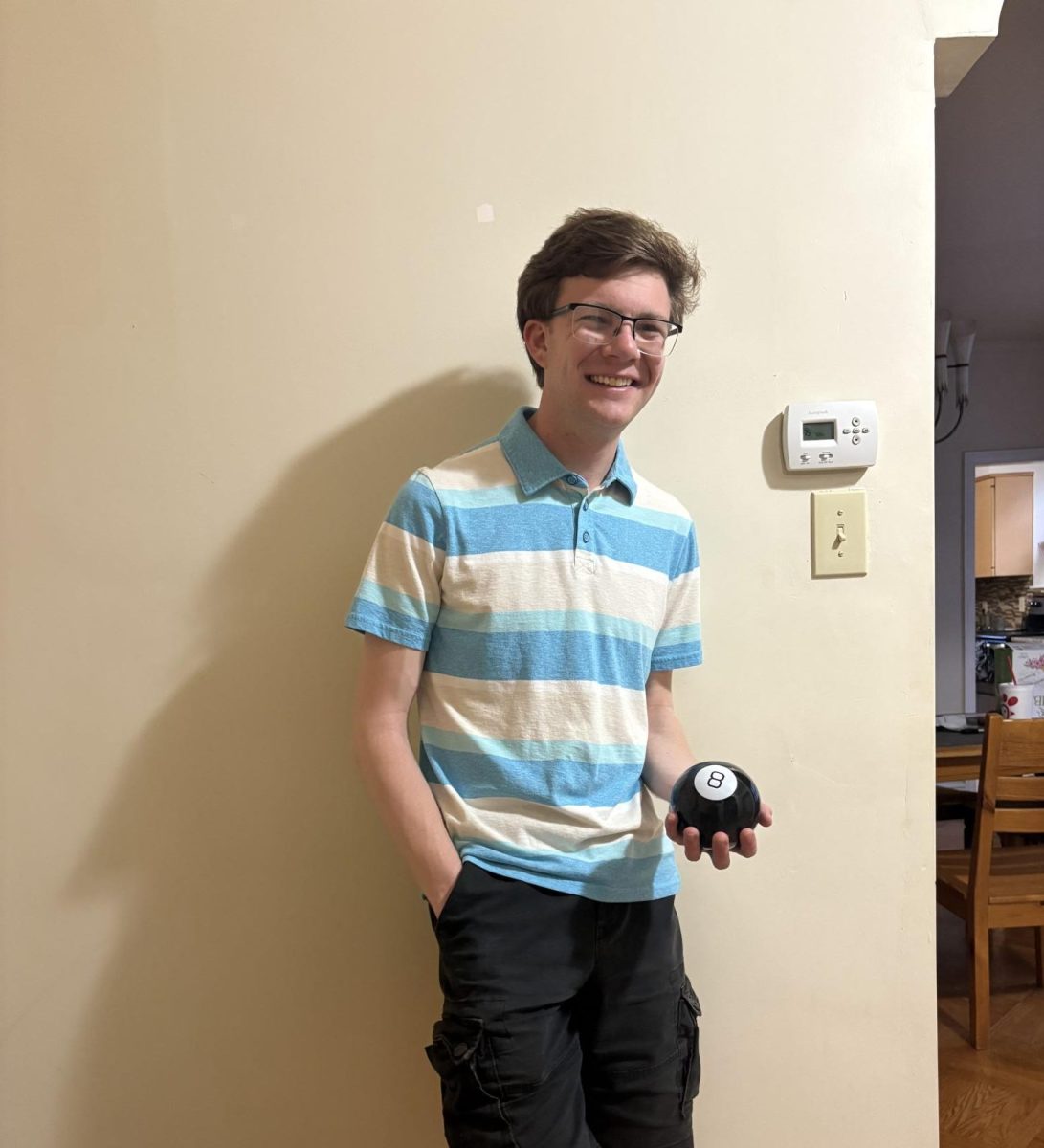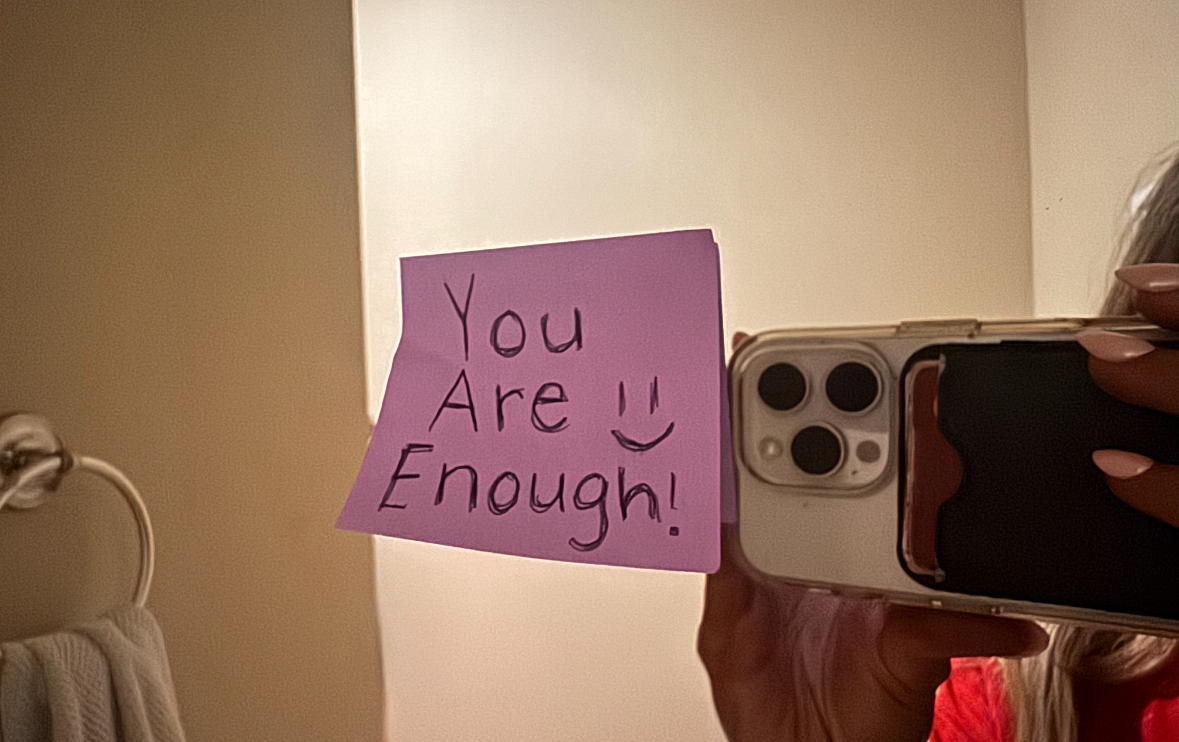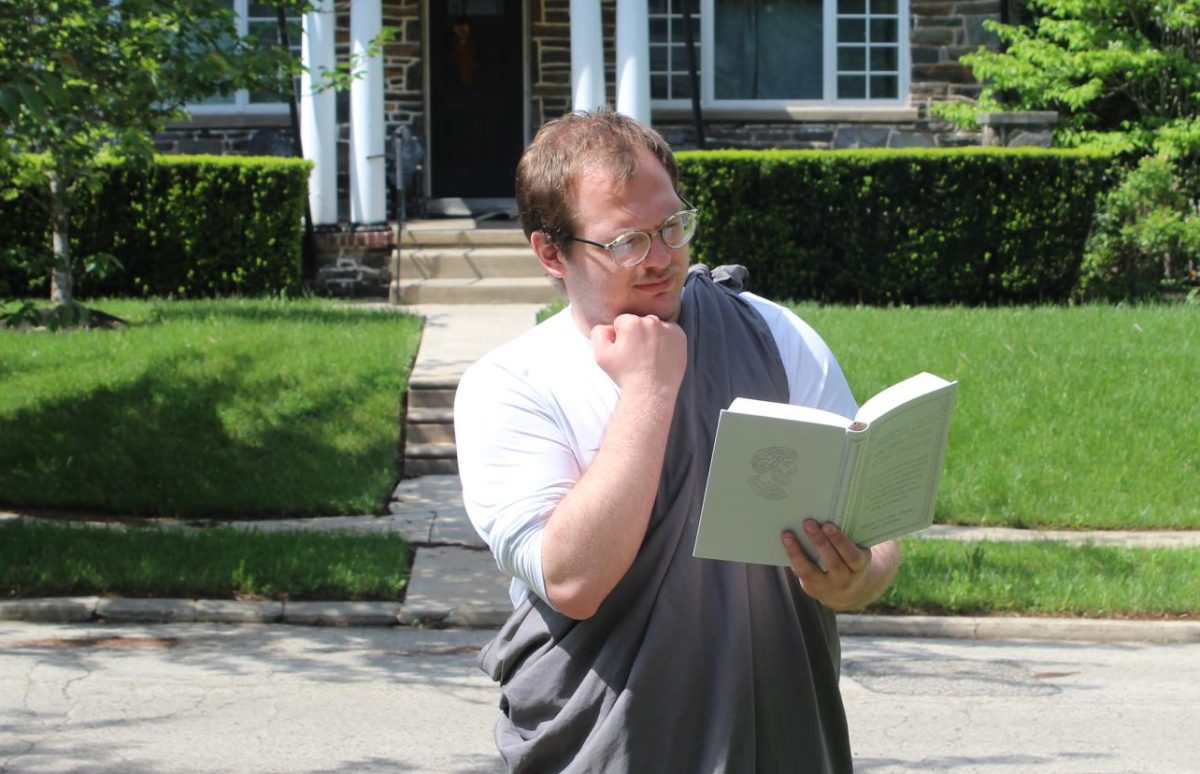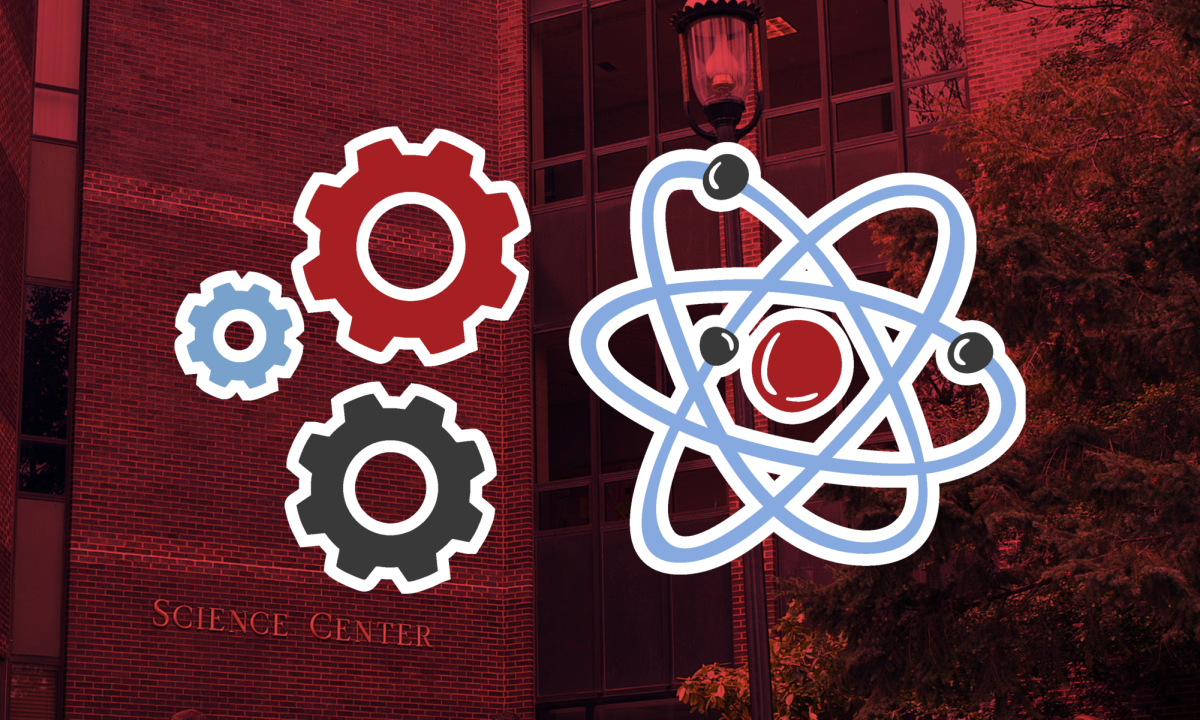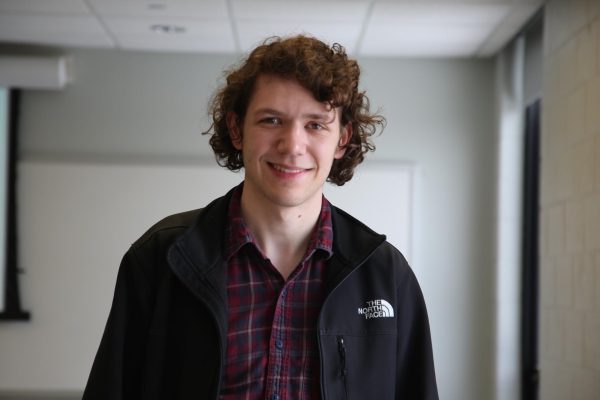The College of Arts and Sciences will be offering a new engineering physics major starting in the fall 2025 semester that will focus on applying physics to modern engineering, science and technology.
The program will have three concentrations — quantum, electrical and biomedical engineering — to prepare students for a wide selection of careers. Students will have the opportunity to participate in research with faculty members, where they will design experiments, analyze data and draw original conclusions.
Elia Eschenazi, Ph.D., professor and chair of the physics department, said the field has become more interdisciplinary in recent decades, which is not always reflected in a university’s physics department.
“There are students whose interest is physics, but they’re also interested in engineering,” Eschenazi said. “This combines the two interests, and it gives an extremely strong preparation to the student in the foundations of physics and engineering.”
Eschenazi said the program will prepare students to apply the concepts in a practical field.
“There is kind of a misconception in the public that if you go into physics, you end up teaching physics. That’s not true,” Eschenazi said. “A national average of 67% of physics graduates actually work in the private sector on a private or public research development facility.”
James Carter, Ph.D., dean of the College of Arts and Sciences, wrote in an email to The Hawk that the program used existing resources to create the major.
“There is a demonstrated demand for programs like this, based on regional and national career trends, and the program does not require additional resources to staff or support,” Carter wrote. “In addition, it makes effective use of the new faculty who joined the university as part of the [University of the Sciences] merger to support our undergraduate curriculum.”
Roberto Ramos, Ph.D., professor of physics, said the program is particularly relevant now, as the United Nations Educational, Scientific and Cultural Organization declared 2025 the International Year of Quantum Science and Technology.
“It’s very important for our students to be part of that, to be literate in that, and engineering physics as a program will be a very good tool for our students and our faculty,” Ramos said.
Jack Schiavo ’27, president of St. Joe’s chapter of the Society of Physics Students, said engineering and physics were a natural pair.
“The basics of physics lays the groundwork for engineering,” Schiavo said. “All of the classical mechanics of physics is what the engineers will need. They’re cousins in that sense.”
Eschenazi said engineering was an area needed to boost the physics program.
“We needed to have a different program [with] the focus 50% on engineering,” Eschenazi said. “Just taking a course here and there will not do the job. That’s why getting into this program is compelling.”

